Window Moisture Issues
Condensation: How to Prevent and Deal with Window Moisture Issues
Condensation on windows is a common issue that many homeowners face, especially in areas with varying temperatures like northern Delaware. While it may seem like a minor nuisance, condensation can lead to more significant problems such as mold growth, damage to window frames, and reduced energy efficiency. Understanding the causes of window condensation and knowing how to prevent and manage it can help maintain the integrity and comfort of your home. At American Craftsmen LLC, we are committed to providing expert advice and solutions for all your window-related concerns. Here’s how you can prevent and deal with window moisture issues.
Understanding Window Condensation
What Is Window Condensation?
Window condensation occurs when warm, moist air comes into contact with a cold surface, such as a windowpane. As the warm air cools, it loses its ability to hold moisture, which then condenses into water droplets on the glass. This phenomenon is most common during colder months when indoor air is warm and outdoor temperatures drop, causing windows to become cold surfaces.
Types of Window Condensation
There are three main types of window condensation:
- Interior Condensation: This occurs on the inside of your windows and is usually a sign of high humidity levels inside your home.
- Exterior Condensation: This forms on the outside of your windows and typically happens when the window is cooler than the dew point outside. It’s usually harmless and often disappears as the day warms up.
- Between-Pane Condensation: This is the most concerning type and occurs when condensation forms between the panes of double- or triple-glazed windows. It often indicates a failure in the window’s seal, allowing moisture to enter the space between the panes.
Understanding the type of condensation you’re dealing with is the first step in addressing the issue effectively.
Causes of Window Condensation
High Indoor Humidity
One of the primary causes of interior window condensation is high indoor humidity. Activities like cooking, showering, and even breathing contribute to the moisture levels inside your home. When the humidity levels are too high, condensation is more likely to occur, especially on cooler surfaces like windows.
Inadequate Ventilation
Poor ventilation can exacerbate condensation problems. Without proper airflow, moist air becomes trapped inside your home, leading to higher humidity levels and increased condensation. Homes with airtight windows and doors, while energy-efficient, may also have less natural ventilation, contributing to moisture buildup.
Temperature Differences
Significant temperature differences between the inside and outside of your home can cause condensation. During winter, the cold outdoor air cools down your windowpanes, making them more likely to attract moisture from the warmer indoor air. Conversely, during the summer, air conditioning can cool the glass enough to cause condensation on the exterior of the window.
Faulty Window Seals
If you notice condensation between the panes of your double- or triple-glazed windows, it’s often a sign of a faulty seal. The seal between the panes is designed to keep moisture out and maintain the insulating properties of the window. When the seal fails, moisture can enter, leading to condensation that can reduce the window’s energy efficiency and potentially cause damage.
Preventing Window Condensation
Control Indoor Humidity
One of the most effective ways to prevent window condensation is to control the humidity levels inside your home. Here are some strategies:
- Use a Dehumidifier: A dehumidifier can help reduce excess moisture in the air, particularly in areas like basements or bathrooms where humidity tends to be higher.
- Ventilate: Ensure proper ventilation in rooms where moisture is generated, such as kitchens and bathrooms. Use exhaust fans or open windows to allow moist air to escape.
- Cover Pots While Cooking: When cooking, cover pots and pans to reduce the amount of steam released into the air.
- Limit Houseplants: While houseplants are great for indoor air quality, they also release moisture into the air. If condensation is a recurring issue, consider reducing the number of plants in your home.
Improve Ventilation
Improving ventilation is key to reducing indoor humidity and preventing condensation. Here are some tips:
- Use Exhaust Fans: Ensure that exhaust fans in your kitchen and bathrooms are functioning properly and use them regularly.
- Open Windows: Even during colder months, it’s a good idea to open windows for a short period to allow fresh air to circulate and reduce indoor humidity.
- Install Air Vents: If your home is tightly sealed, consider installing air vents to improve airflow and reduce moisture buildup.
Upgrade Your Windows
If condensation is a persistent issue, upgrading your windows might be the best solution. Modern windows are designed to be more energy-efficient and can significantly reduce condensation. Consider the following options:
- Double- or Triple-Glazed Windows: These windows have multiple layers of glass with insulating gas between the panes, which helps keep the interior surface of the window warmer, reducing the likelihood of condensation.
- Low-E Coatings: Low-emissivity (Low-E) coatings are thin layers applied to the glass that reflect heat, keeping your home warmer in the winter and cooler in the summer. This can help reduce the temperature difference between the indoor air and the window, minimizing condensation.
- Window Insulation Kits: For a temporary solution, window insulation kits can help reduce drafts and keep your windows warmer, reducing condensation. These kits are especially useful in older homes where window replacement may not be immediately feasible.
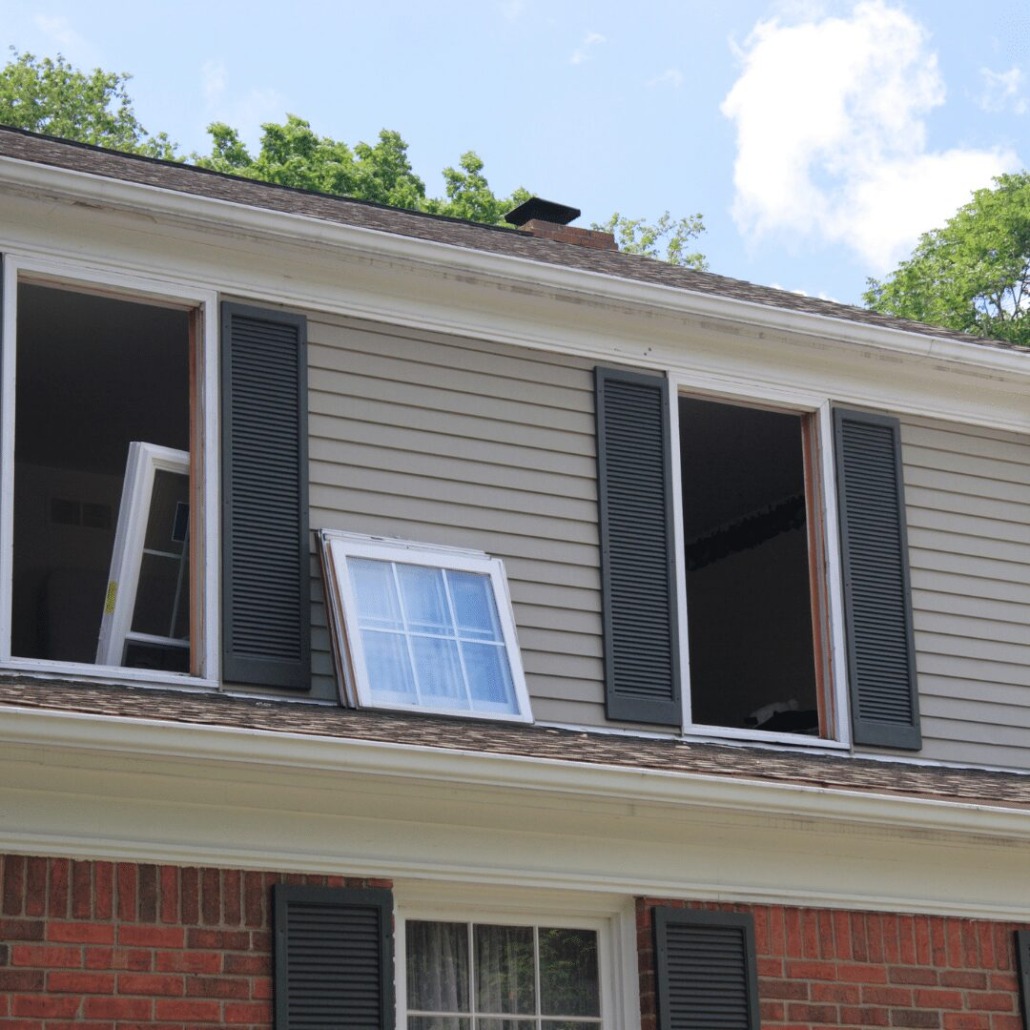
Dealing with Existing Condensation
Drying Out Windows
If you’re dealing with condensation, it’s important to dry out the affected windows to prevent mold growth and damage. Here’s how:
- Wipe Down Windows: Use a dry cloth or paper towel to wipe away condensation from the glass. This is particularly important in areas like bathrooms where moisture levels are higher.
- Increase Air Circulation: Use fans to increase air circulation around your windows, helping to evaporate moisture more quickly.
- Open Curtains and Blinds: Keeping curtains and blinds open allows warm air to circulate around the windows, reducing condensation.
Addressing Between-Pane Condensation
If you have condensation between the panes of your windows, it’s essential to address the issue promptly. Here are your options:
- Replace the Seal: In some cases, it may be possible to replace the seal around the windowpane. This is a job best left to professionals, such as the team at American Craftsmen LLC, who can assess the extent of the damage and provide the appropriate solution.
- Replace the Window: If the seal cannot be repaired, window replacement may be necessary. Upgrading to modern, energy-efficient windows can prevent future condensation issues and improve your home’s overall comfort and efficiency.
Conclusion: Trust American Craftsmen LLC for Your Window Needs
Window condensation is a common issue, but with the right knowledge and preventive measures, it’s manageable. Whether you’re dealing with high indoor humidity, inadequate ventilation, or faulty window seals, taking steps to address these problems can help keep your windows—and your home—in top condition. At American Craftsmen LLC, we’re here to help with all your window replacement and repair needs. Contact us today for a consultation and let us help you find the best solution for your home’s window condensation issues.


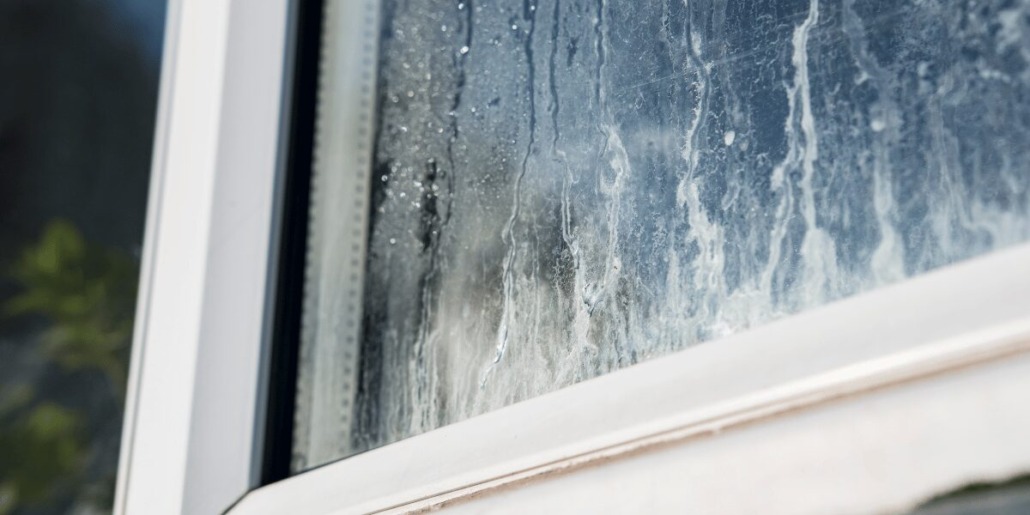
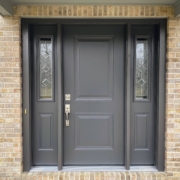


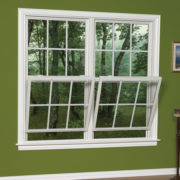
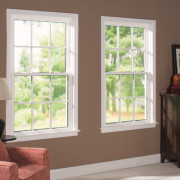




Trackbacks & Pingbacks
[…] some condensation on the exterior of your windows is normal, excessive condensation between the panes is a red flag. This often indicates that the seal between the glass layers has […]
[…] and properly aligned before securing it in place. We use high-quality materials and techniques to seal the windows, preventing drafts and ensuring energy […]
Leave a Reply
Want to join the discussion?Feel free to contribute!